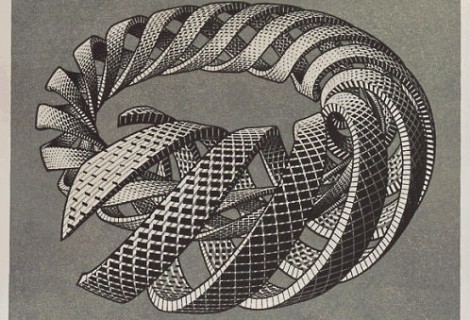Cybernetics of problems and solutions – an exercise in thinking complexly
First-order Solution:
The problem and the solution share an epistemological context, each helping drive the other.
Second ‘phase’ (to the right): In this context ‘more of the solution’ creates ‘more of the problem’ through a symmetrical relationship. The SAME problem is produced by the SAME solution. No real transformation is forthcoming from within the system, because it perpetuates itself from both sides.
Linear-Progressive Solution:
A solution to a problem is found that does not perpetuate the original problem, but this creates a new problem (or problems) of its own, likely at the same level (with the same form) as the original, although with different content or within a different arena (problem ‘leaking’).
Second ‘phase’ (to the right): This leads to a potential proliferation and regress of problems, because the epistemological context is never addressed at any level. DIFFERENT problems are produced by DIFFERENT solutions OF THE SAME ORDER. Transformation is possible but likely occurs with great difficulty and haphazardly, if at all.
Second-order Solution:
The epistemological context of the first order is seen as problematic, becoming the basis for a second-order solution that relies upon different epistemological distinctions. It is “second-order” because it explicitly recognizes the cyclic recapitulation of the first-order problem-solution system’s epistemological distinctions, and chooses not to participate by making different distinctions. Thus the problem-solution system becomes a new problem that is of a directly higher order.
Second ‘phase’ (to the right): The solution to the original problem-solution system creates a new problem of a higher order (this would be the third-order problem), necessitating the uncovering of the epistemological limitations in the second-order problem-solution system (which now becomes the third-order problem). HIGHER-ORDER problems are created by HIGHER-ORDER solutions. Continuing in this way leads to higher-order levels of recursivity, but after only a few levels a practical limit is reached, and the system becomes to expansive and diffuse to affect transformation by itself.
Simple Multivariant Ecology of Solutions:
In an example of a more realistic (and complex) setting, a problem may be addressed with a “problematic solution” while at the same time efforts are made to seek a solution of a lineal type, which may create its own problem while being taken at the object of a second-order solution.
Second ‘phase’ (to the right): The system of systems can evolve as a self-embedded ecology, where new opportunities for feedback become inevitable. The network continues to evolve, involve, devolve, and revolve, all at once.
Here’s a picture of them all together:









